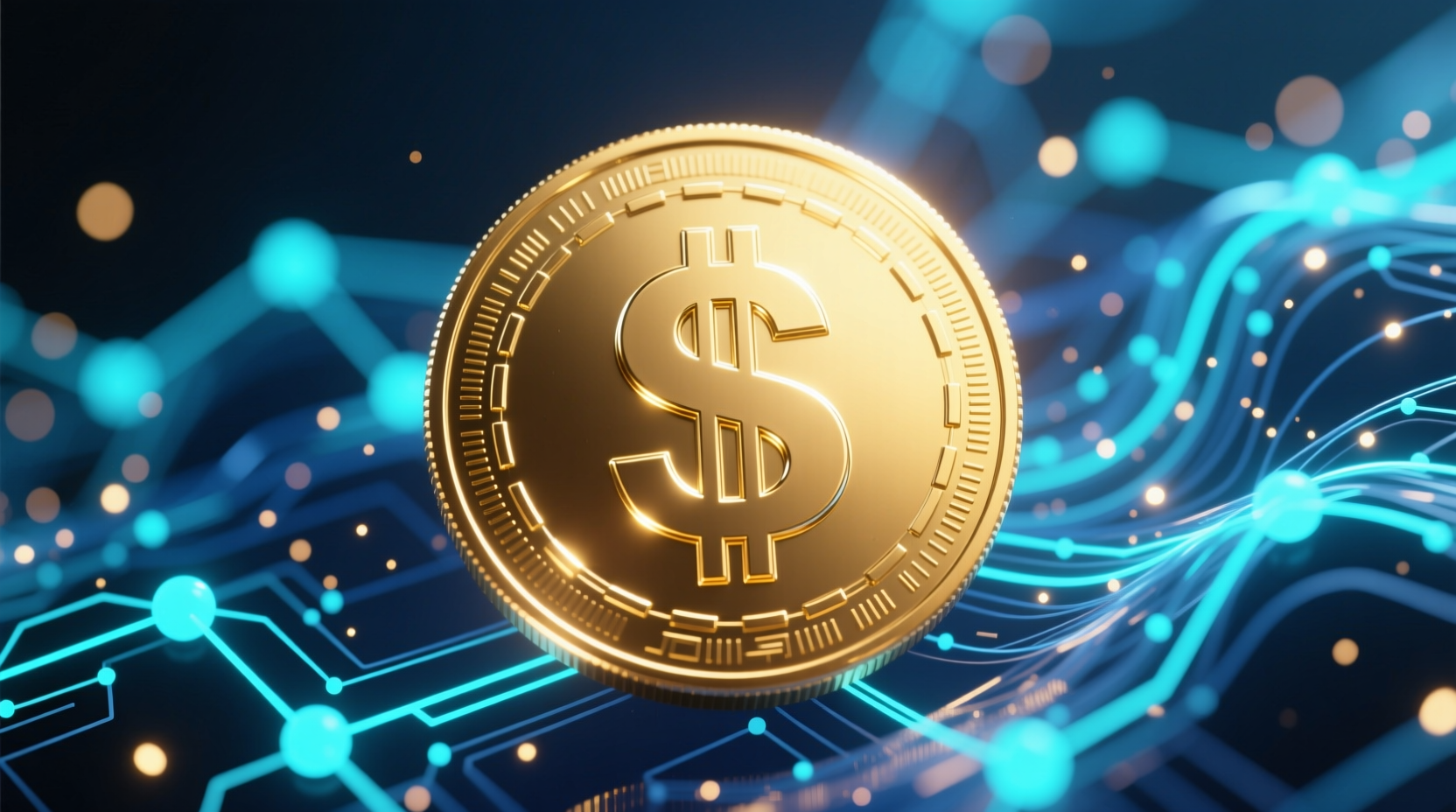Crypto is known for its chaos. One day your coins are mooning, the next day they’ve crash-landed. But somewhere in the middle of all that price madness sits a quiet corner of calm, the world of stablecoins.
Key points:
- Stablecoins bring calm to crypto’s chaos by maintaining a steady value through ties to stable assets such as the US dollar, gold, or other cryptocurrencies.
- They connect traditional finance and digital assets, enabling trading, remittances, and DeFi with faster, cheaper, and more reliable transactions across borders.
- Stability isn’t absolute, as concerns around transparency, depegging, and unclear regulations can still cause even “stable” coins to lose balance in a volatile market.
Stablecoins are a special kind of cryptocurrency built to stay steady, usually tied to something more predictable like the US dollar or gold. While Bitcoin and Ethereum bounce around with every market mood swing, stablecoins aim to keep their value consistent, acting as crypto’s version of a chill, reliable friend in a market full of drama.
What Are Stablecoins and How They Work
So what makes stablecoins so, well, stable? The secret lies in something called a peg. That means each coin is tied, or “pegged,” to a specific asset that doesn’t swing wildly in price, like the US dollar, the euro, or even gold. This peg acts like an anchor, keeping the coin’s value steady while the rest of the crypto sea rises and falls.
Fiat-Backed Stablecoins
These are the most common kind. Coins like USDT (Tether) and USDC (USD Coin) are backed by real-world money or cash equivalents held in bank accounts. For every USDC you own, there should be one actual US dollar sitting safely somewhere. Think of it as a digital version of your regular cash, except faster, borderless, and blockchain-powered.
Crypto-Backed Stablecoins
Instead of traditional money, these rely on other cryptocurrencies as collateral. A great example is DAI, which uses assets like Ethereum (ETH) locked up in smart contracts. It’s like a high-tech vault system that ensures stability through decentralized rules rather than a bank’s promise. The setup is more complex, but it gives the crypto community a way to create stability without touching fiat currency.
Algorithmic Stablecoins
These are the rebels of the bunch, no dollars, no crypto backing, just code. Algorithmic stablecoins use automated systems to balance supply and demand to keep their value steady. In theory, it’s brilliant. In practice, it can be risky. The infamous TerraUSD (UST) collapse in 2022 showed how a broken algorithm can send “stability” spiraling, wiping out billions and shaking confidence across the market.
In short, stablecoins all aim for calm in crypto’s chaos, but the way they stay steady depends on what’s holding them up.
Why Stablecoins Matter
So why do stablecoins matter? Because they keep the crypto world balanced. When prices swing wildly, traders use stablecoins as a safe zone, still in the market, but away from the chaos.
They also make sending money across borders faster and cheaper. No banks, no long waits — just quick, low-cost transfers that actually make sense for people sending money home or doing business globally.
In DeFi (decentralized finance), stablecoins are the fuel that keeps everything running. They power lending, borrowing, and yield-earning, helping users stay steady while exploring new financial tools.
In short, stablecoins bridge two worlds, traditional money and crypto, making it easier to move between them without losing stability or momentum.
The Hidden Risks
Here’s the thing about stablecoins, they may sound perfectly safe, but they’re not risk-free. “Stable” doesn’t always mean unshakable.
Here are a few things to keep in mind:
- Transparency matters – Some issuers haven’t always proven that every stablecoin is fully backed by real assets. Without regular audits or clear disclosures, that promise of “one coin equals one dollar” can start to wobble.
- De-pegging is real – Sometimes, a stablecoin can lose its link to the asset it’s supposed to follow. Remember TerraUSD in 2022? It crashed hard, wiping out billions and showing how fragile algorithms can be when market confidence fades.
- Regulation is still evolving – Governments around the world are debating how to handle stablecoins, some pushing for strict rules, others seeing their potential to modernize finance. Until clear global standards exist, uncertainty will remain part of the game.
Stablecoins might bring calm to crypto’s chaos, but even calm waters can hide strong undercurrents.
The Future of Stability in Crypto
The future of stability in crypto is looking brighter, and a lot more digital. Central Bank Digital Currencies (CBDCs) are starting to enter the picture, offering government-backed versions of what stablecoins already do: fast, borderless money that doesn’t swing like Bitcoin on a bad day.
At the same time, private stablecoins are evolving. They’re becoming key players in global finance, connecting traditional banks, payment apps, and crypto ecosystems. Some might even power everyday transactions, buying coffee, paying rent, or sending money abroad, with the same ease as swiping a card.
The big takeaway? In a world where crypto can soar and crash in a single tweet, stability might be the most underrated innovation of all. Stablecoins aren’t just digital dollars, they’re the calm center of a very wild storm.
Read More
- Western Union Bets on Stablecoins — What It Could Mean for SHIB Holders
- Bank of England Eases Up on Stablecoins in Bid to Stay Competitive
- Putin Adviser Says US Using Stablecoins, Gold to Tackle $37T Federal Debt
Michaela has no crypto positions and does not hold any crypto assets. This article is provided for informational purposes only and should not be construed as financial advice. The Shib Magazine and The Shib Daily are the official media and publications of the Shiba Inu cryptocurrency project. Readers are encouraged to conduct their own research and consult with a qualified financial adviser before making any investment decisions.










